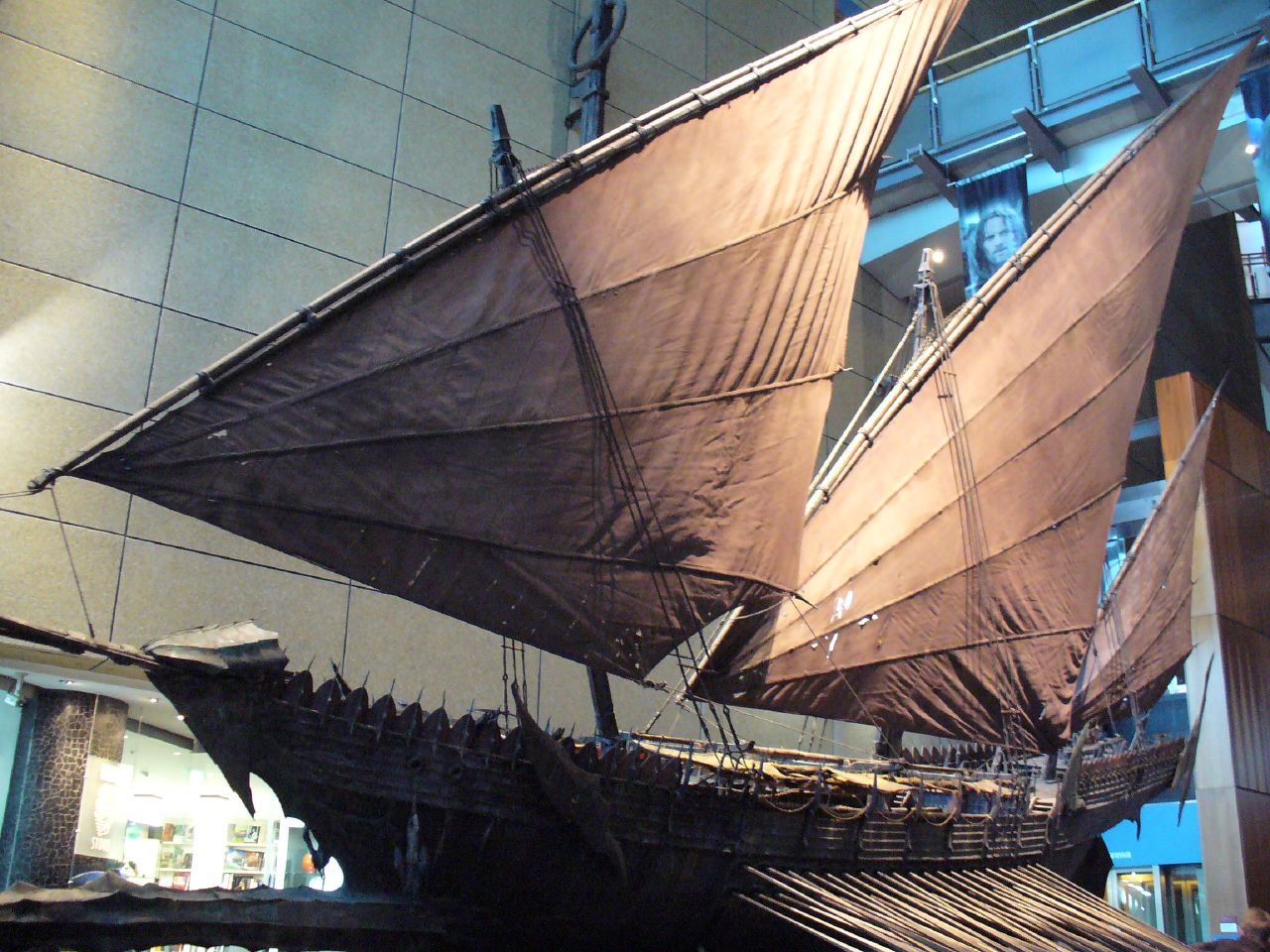Wednesday’s tutorial on Rhino-scripting provided some of the basics of Rhino-scripting, but most of us are still unsure how to construct a complex script. An exercise in scripting however, we set to the task of editing and combining pre-existing scripts.
Starting with the fractal script, running a series of consecutive scripts tagged onto the original script modified the end resultant drastically.
The first experiment included the original script plus a self lofting command to loft the resultant curves. The parameters need to remain quite small to construct the geometry efficiently, but the end product results something similar to crushed paper or plastic wrap for some flowers.


The second experiment modified some of the parameters for the fractal script to increase the number of recursions before splicing a pipe script into the fractal script.

The final experiment utilized the varying radius script changing the original (12) variable to 50. The varying radius reflects similar growing patterns of vegetation – longer spans reflecting a wider diameter.







































